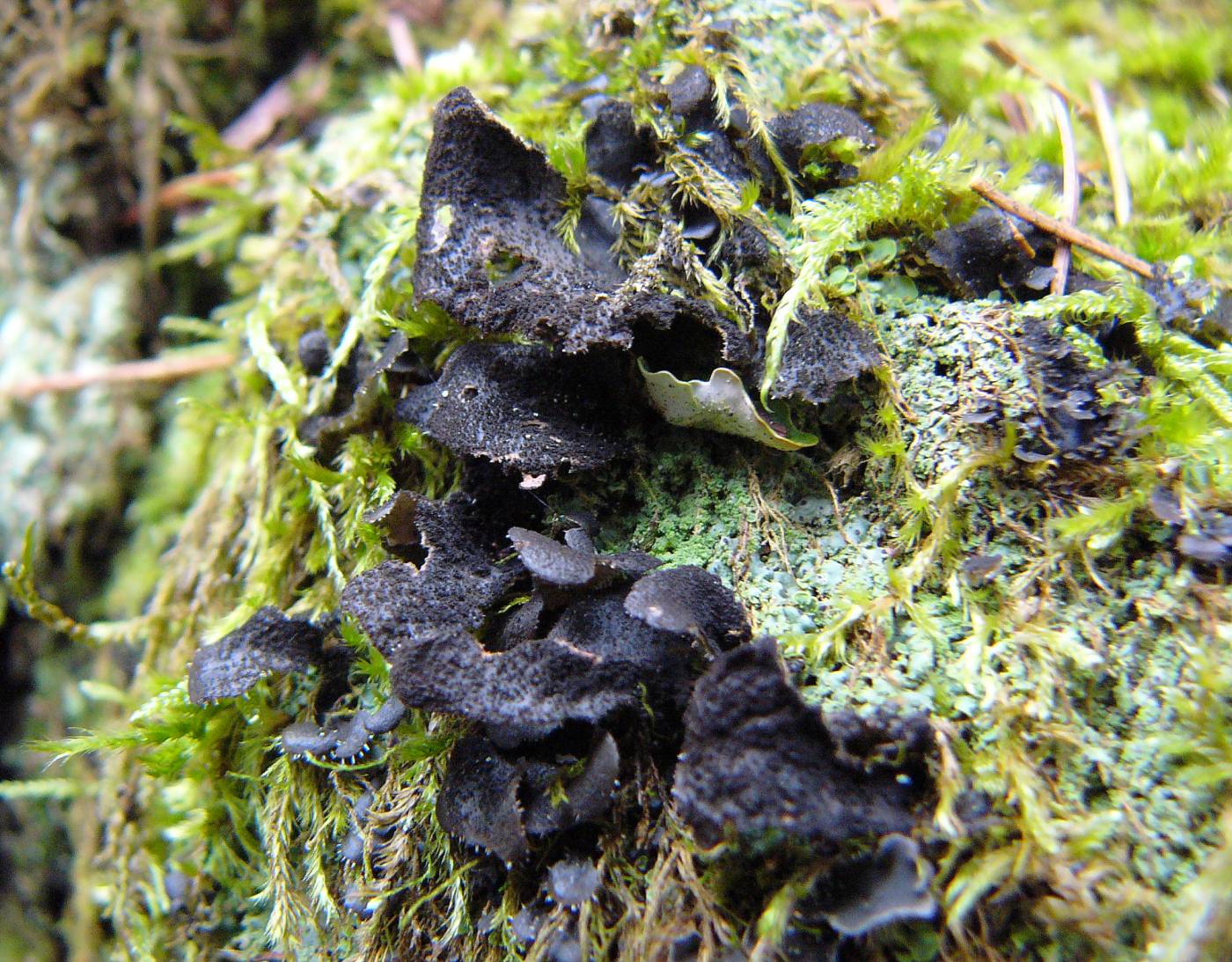A cyanolichen that grows on deciduous preferably old trees, commonly on mossy tree trunks and branches, rarely also on mossy rocks. It is extremely sensitive to acid rain, eutrophication and intensive forest management. Its distribution is subcosmopolitan, it prefers oceanic areas with a lot of rainfall and little air pollution. It is currently very rare in central Europe, generally only found in mountain old-growth forests. It is considered extinct in the Czech Republic. In 2005 it was recorded on a sycamore stump near Modrava in the Šumava Mts which was later lost. No other locality has recently been found. Historical records from southern parts of the Czech Republic are more than a hundred years old.
The herbarium specimens of Sticta fuliginosa from the Czech Republic need revisions. They probably represent recently distinguished S. fuliginoides (Magain & Sérusiaux 2015), which is the most common species from the species-complex and is the only one recorded in inland Europe. It is distinguishable mainly by the presence of papillate cyphellae on the thallus underside.
Literature: Magain N. & Sérusiaux E. (2015): Dismantling the treasured flagship lichen Sticta fuliginosa (Peltigerales) into four species in Western Europe. – Mycological Progress 14: 1–33.
taxonomic classification:Ascomycota → Lecanoromycetes → Peltigerales → Lobariaceae → Sticta
Red List (Liška & Palice 2010):CR – critically endangered
Red List (Malíček 2023):A – no recent data
Occurrence in the Czech Republic
All records: 0, confirmed 0. One click on a selected square displays particular record(s), including their source(s).

